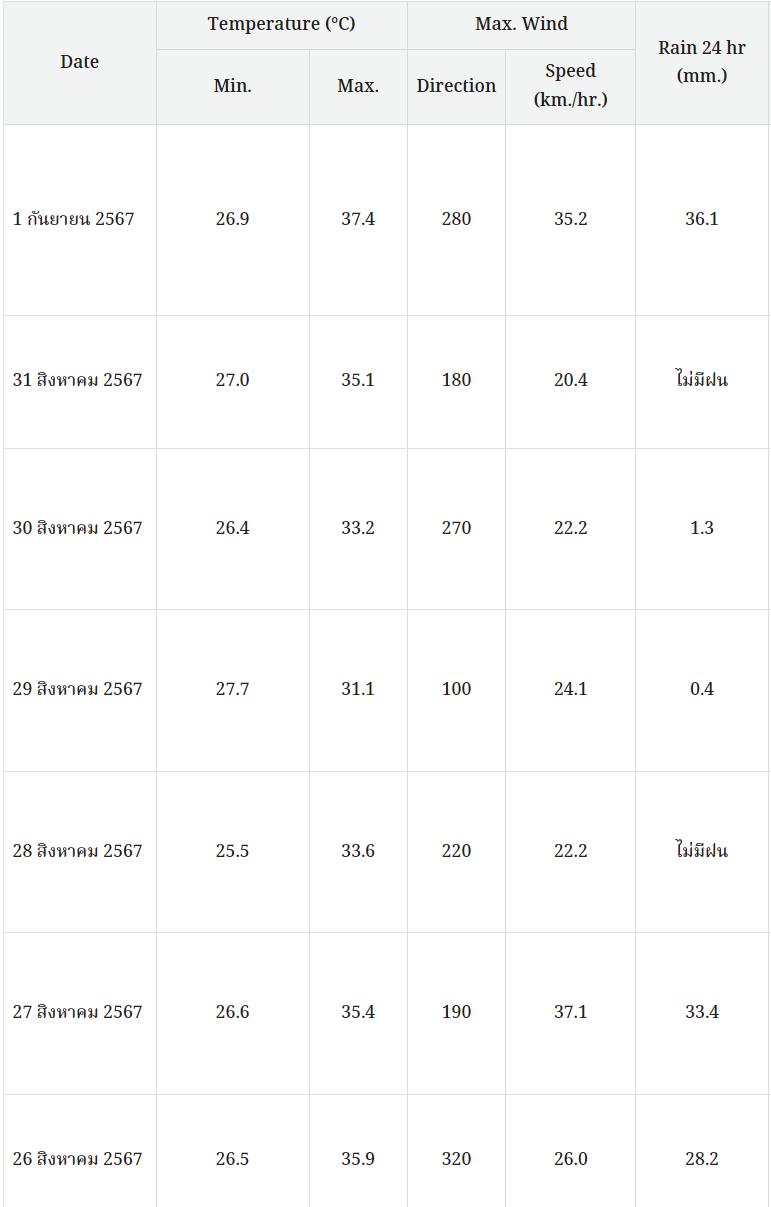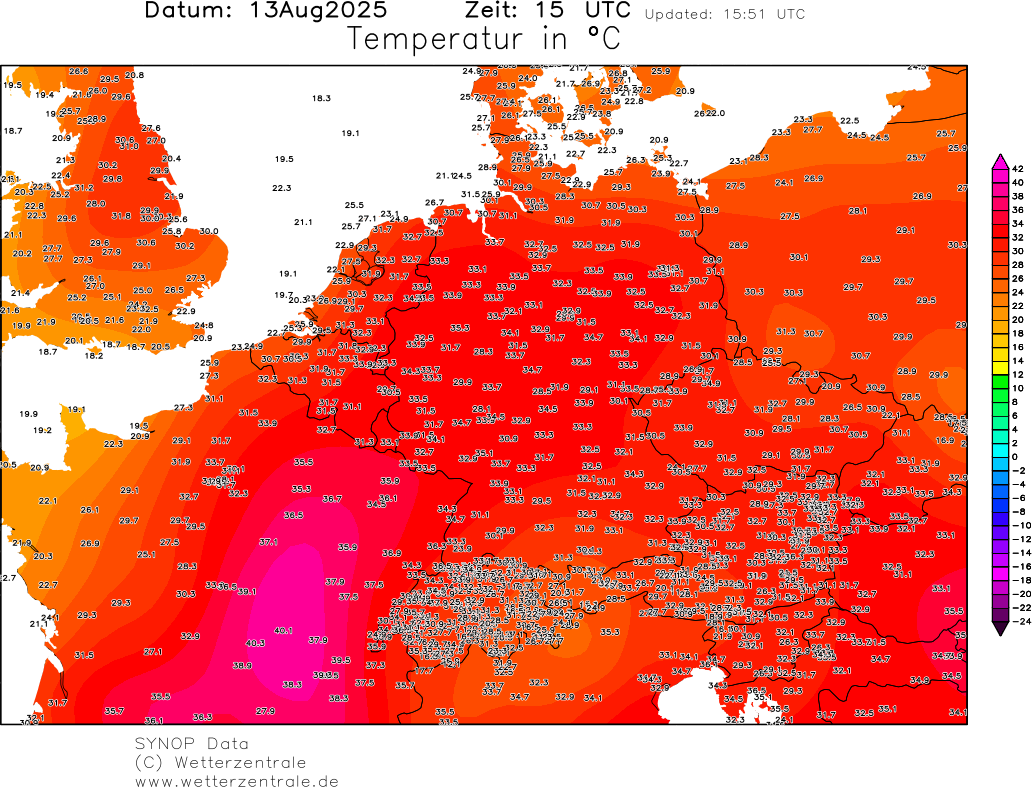Post by greysrigging on Sept 2, 2024 4:54:36 GMT -5
Category-four cyclone strength winds and flooding impacts Tas
( source: Weatherzone )

A series of strong cold fronts have brought a dangerous mix of damaging to destructive winds, heavy rain, record flooding and huge snowfalls to Tas on the weekend.
The severe weather caused widespread power outages across the state, with thousands of homes and businesses still without power on Monday, with no restoration time announced.
Maatsuyker Island saw a mean wind speed of 163km/h and a gust up to 187km/h on Saturday afternoon, this mean wind speed is equivalent to a category four tropical cyclone. Several wind records were broken on Sunday evening, with Launceston recording a 130km/h gust and King Island 157km/h gust.
Some other destructive wind observations over the weekend and Monday morning were:
Kunanyi (Mount Wellington) observed a mean wind speed of 137km/h and a gust up to 172km/h on Saturday evening.
Low Rocky Point recorded a mean wind of 128km/h and a gust up to 165km/h late Saturday afternoon.
Hartz Mountain observed a 106km/h mean wind and a gust to 163km/h on Saturday evening.
Mount Read saw a 141km/h wind gust on Sunday evening
Swan Hill recorded a 124km/h wind gust at 1:26am and again at 8:26am on Monday morning.
The immediate threat of damaging winds has now passed for all but the Tasmanian highlands, however another bout of damaging winds is forecast from early Tuesday morning over elevated parts of the Central Plateau, North West Coast, Central North and Midlands districts.
While the wind threat has temporarily eased, there are several warnings for major flooding across some catchments and rivers in the state, with the west receiving 200 to 300mm of rainfall in the last week.

Destructive winds, huge waves wreak havoc in Victoria
( source: Weatherzone )

Ferocious winds with gusts equivalent to a category two tropical cyclone have caused widespread damage across Victoria in the last 24 hours, along with huge waves and flooding along the coast.
A powerful cold front embedded in an unusually strong pressure gradient caused a burst of damaging to destructive winds in Victoria on Sunday night into Monday morning. Wind gusts reached 100 to 150 km/h across a broad area of the state, stretching from Portland in the west to Gabo Island in the east and Eildon and Falls Creek in the north. Some of the strongest gusts included:
146 km/h at Wilsons Promontory
141 km/h at Mount Hotham
141 km/h at Fawkner Beacon
133 km/h at Mount Gellibrand
132 km/h at Falls Creek
124 km/h at South Channel Island
120 km/h at Portland Airport
115 km/h at Gabo Island
113 km/h at St Kilda Harbour
113 km/h at Cape Otway
113 km/h at Aireys Inlet
109 km/h at Port Fairy
106 km/h at Port Wilson
104 km/h at Eildon Fire Tower
102 km/h at Essendon
These winds caused widespread power outages as trees and branches fell onto power poles, wires and other infrastructure. Powercor reported more than 34,000 customers without power in western Vic on Monday morning, while more than 90,000 customers were without power in the state’s east, according to AusNet. More customers were affected in areas serviced by other electricity providers as well.
If you see a fallen powerline, stay more than 10 metres away and report it to your energy provider immediately.
The damaging winds also kept emergency services busy, with the Vic SES receiving more than 2,800 requests for assistance on Sunday night into Monday morning.
This system’s powerful winds were even stronger over open water, with gusts reaching 150 km/h at Hogan Island early on Monday. This caused huge waves to surge through Bass Strait, forcing tides to reach abnormally high levels along the Vic coastline.

Significant wave heights of 8.4 m were recorded at Cape Bridgewater early on Monday, while data from Gippsland Ports reveals that tides rose close to one metre higher than the expected levels at Lakes Entrance and Port Welshpool Wharf on Monday morning.

While the strongest winds have now passed, a brisk stream of west to southwesterly winds will linger over Vic into Monday afternoon in the wake of last night’s cold front. As of 1pm AEST, a severe weather warning was still in place for damaging winds gusts across some of the state’s southern, central and eastern districts, including Melbourne. A Coastal Hazard warning was also in place for abnormally high tides and damaging surf along parts of the coast.
Conditions should ease on Tuesday as a high pressure ridge builds across the state, giving the SES and energy providers a good window of calmer weather to clean up and reconnect power across the state.
You can call 132 500 from anywhere in Vic for assistance during a weather-related emergency. For life-threatening emergencies call Triple Zero (000).
( source: Weatherzone )

A series of strong cold fronts have brought a dangerous mix of damaging to destructive winds, heavy rain, record flooding and huge snowfalls to Tas on the weekend.
The severe weather caused widespread power outages across the state, with thousands of homes and businesses still without power on Monday, with no restoration time announced.
Maatsuyker Island saw a mean wind speed of 163km/h and a gust up to 187km/h on Saturday afternoon, this mean wind speed is equivalent to a category four tropical cyclone. Several wind records were broken on Sunday evening, with Launceston recording a 130km/h gust and King Island 157km/h gust.
Some other destructive wind observations over the weekend and Monday morning were:
Kunanyi (Mount Wellington) observed a mean wind speed of 137km/h and a gust up to 172km/h on Saturday evening.
Low Rocky Point recorded a mean wind of 128km/h and a gust up to 165km/h late Saturday afternoon.
Hartz Mountain observed a 106km/h mean wind and a gust to 163km/h on Saturday evening.
Mount Read saw a 141km/h wind gust on Sunday evening
Swan Hill recorded a 124km/h wind gust at 1:26am and again at 8:26am on Monday morning.
The immediate threat of damaging winds has now passed for all but the Tasmanian highlands, however another bout of damaging winds is forecast from early Tuesday morning over elevated parts of the Central Plateau, North West Coast, Central North and Midlands districts.
While the wind threat has temporarily eased, there are several warnings for major flooding across some catchments and rivers in the state, with the west receiving 200 to 300mm of rainfall in the last week.

Destructive winds, huge waves wreak havoc in Victoria
( source: Weatherzone )

Ferocious winds with gusts equivalent to a category two tropical cyclone have caused widespread damage across Victoria in the last 24 hours, along with huge waves and flooding along the coast.
A powerful cold front embedded in an unusually strong pressure gradient caused a burst of damaging to destructive winds in Victoria on Sunday night into Monday morning. Wind gusts reached 100 to 150 km/h across a broad area of the state, stretching from Portland in the west to Gabo Island in the east and Eildon and Falls Creek in the north. Some of the strongest gusts included:
146 km/h at Wilsons Promontory
141 km/h at Mount Hotham
141 km/h at Fawkner Beacon
133 km/h at Mount Gellibrand
132 km/h at Falls Creek
124 km/h at South Channel Island
120 km/h at Portland Airport
115 km/h at Gabo Island
113 km/h at St Kilda Harbour
113 km/h at Cape Otway
113 km/h at Aireys Inlet
109 km/h at Port Fairy
106 km/h at Port Wilson
104 km/h at Eildon Fire Tower
102 km/h at Essendon
These winds caused widespread power outages as trees and branches fell onto power poles, wires and other infrastructure. Powercor reported more than 34,000 customers without power in western Vic on Monday morning, while more than 90,000 customers were without power in the state’s east, according to AusNet. More customers were affected in areas serviced by other electricity providers as well.
If you see a fallen powerline, stay more than 10 metres away and report it to your energy provider immediately.
The damaging winds also kept emergency services busy, with the Vic SES receiving more than 2,800 requests for assistance on Sunday night into Monday morning.
This system’s powerful winds were even stronger over open water, with gusts reaching 150 km/h at Hogan Island early on Monday. This caused huge waves to surge through Bass Strait, forcing tides to reach abnormally high levels along the Vic coastline.

Significant wave heights of 8.4 m were recorded at Cape Bridgewater early on Monday, while data from Gippsland Ports reveals that tides rose close to one metre higher than the expected levels at Lakes Entrance and Port Welshpool Wharf on Monday morning.

While the strongest winds have now passed, a brisk stream of west to southwesterly winds will linger over Vic into Monday afternoon in the wake of last night’s cold front. As of 1pm AEST, a severe weather warning was still in place for damaging winds gusts across some of the state’s southern, central and eastern districts, including Melbourne. A Coastal Hazard warning was also in place for abnormally high tides and damaging surf along parts of the coast.
Conditions should ease on Tuesday as a high pressure ridge builds across the state, giving the SES and energy providers a good window of calmer weather to clean up and reconnect power across the state.
You can call 132 500 from anywhere in Vic for assistance during a weather-related emergency. For life-threatening emergencies call Triple Zero (000).




















